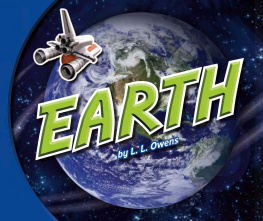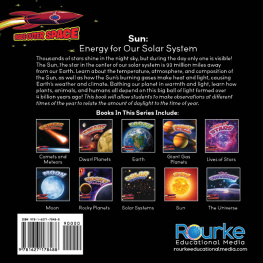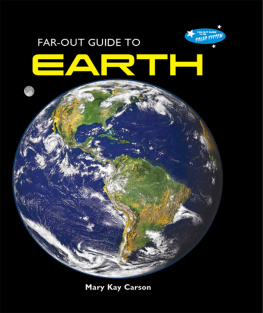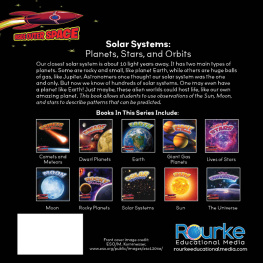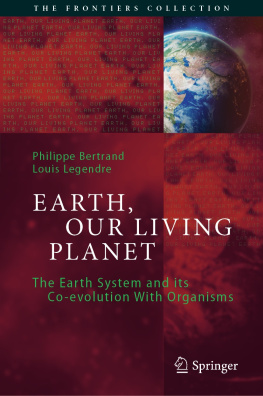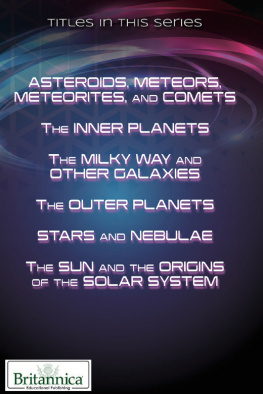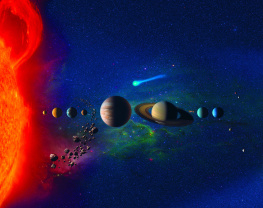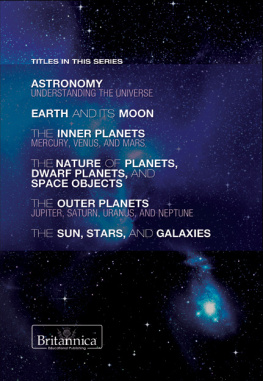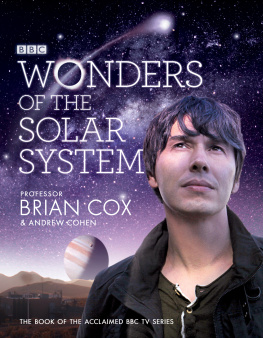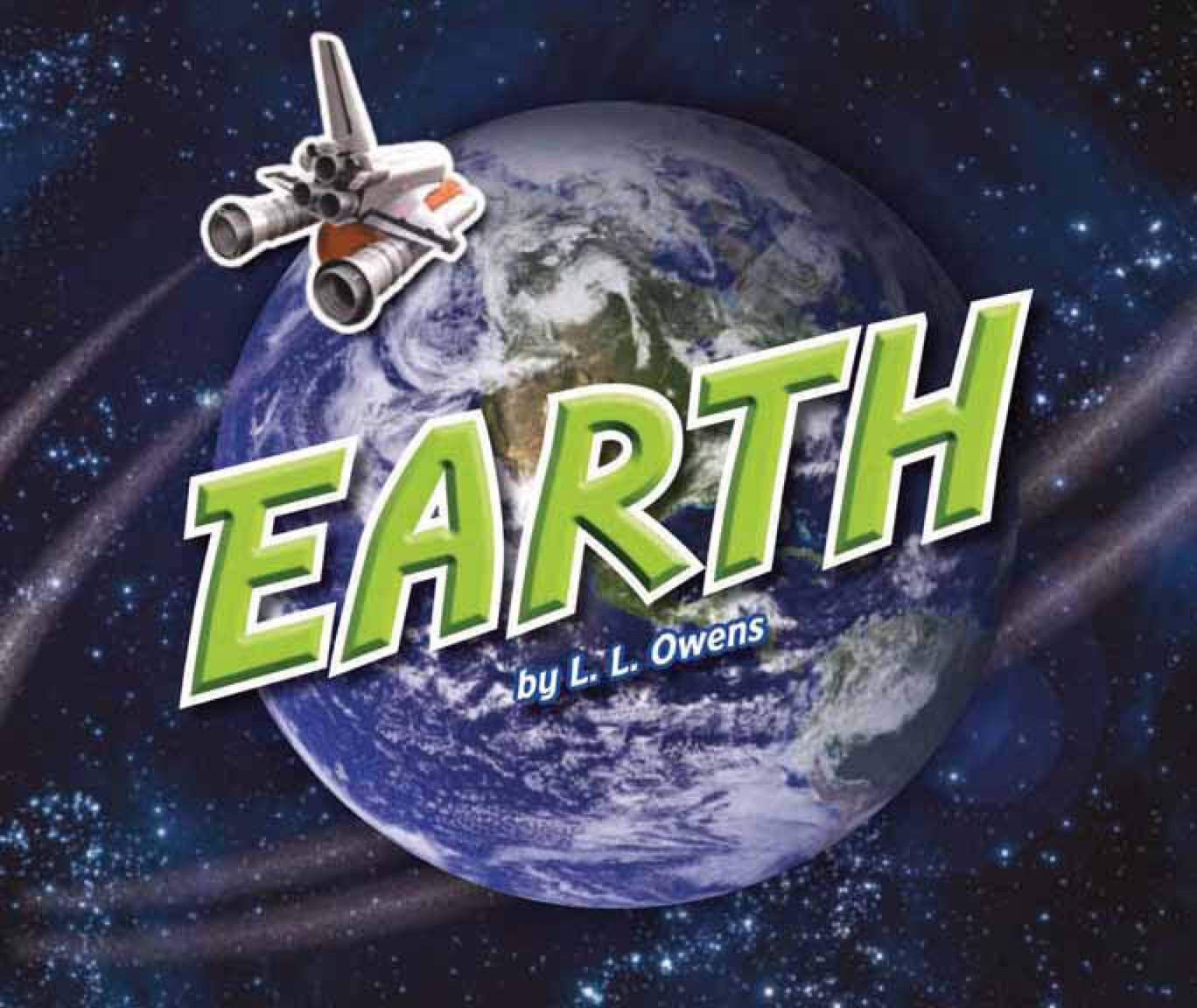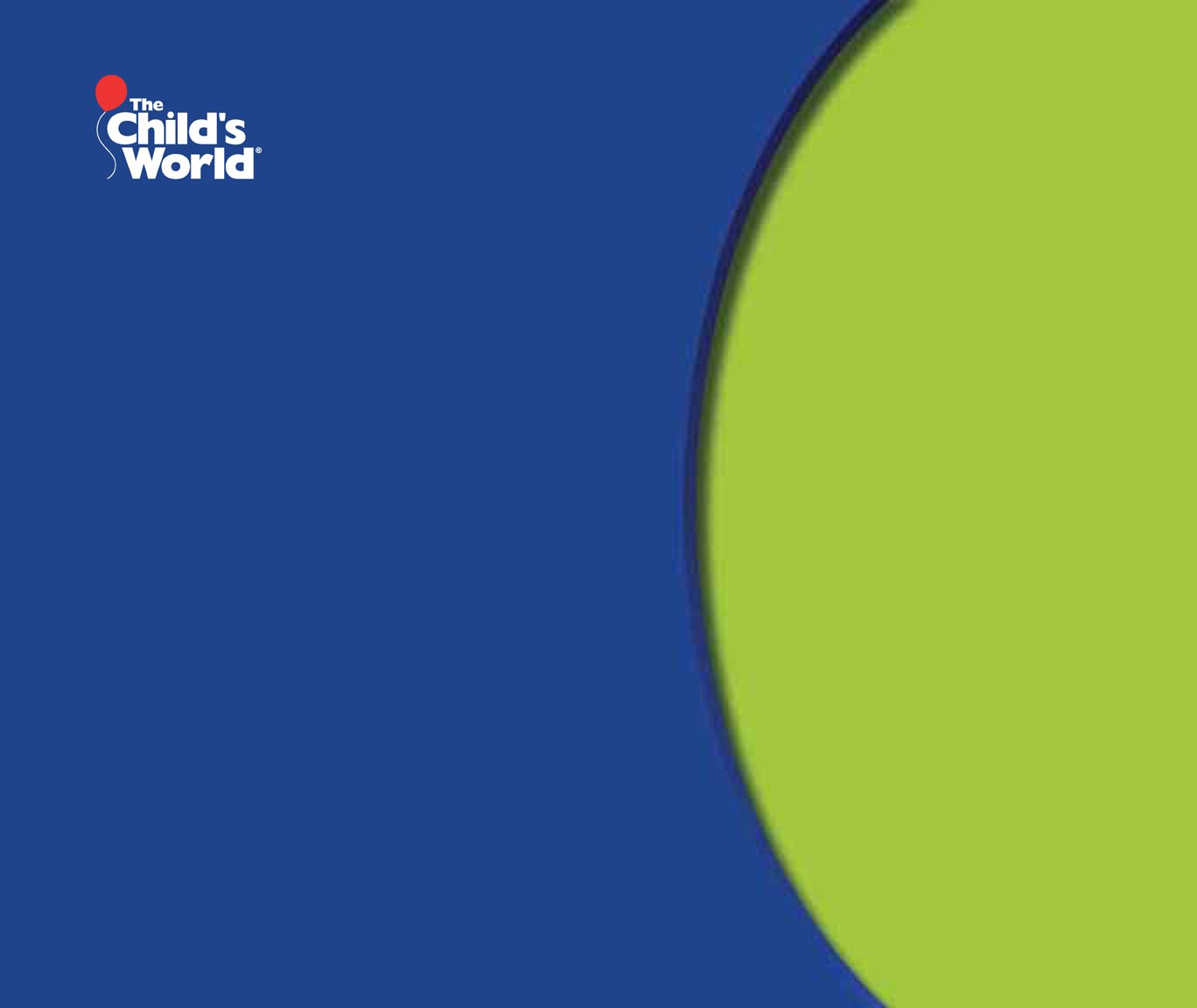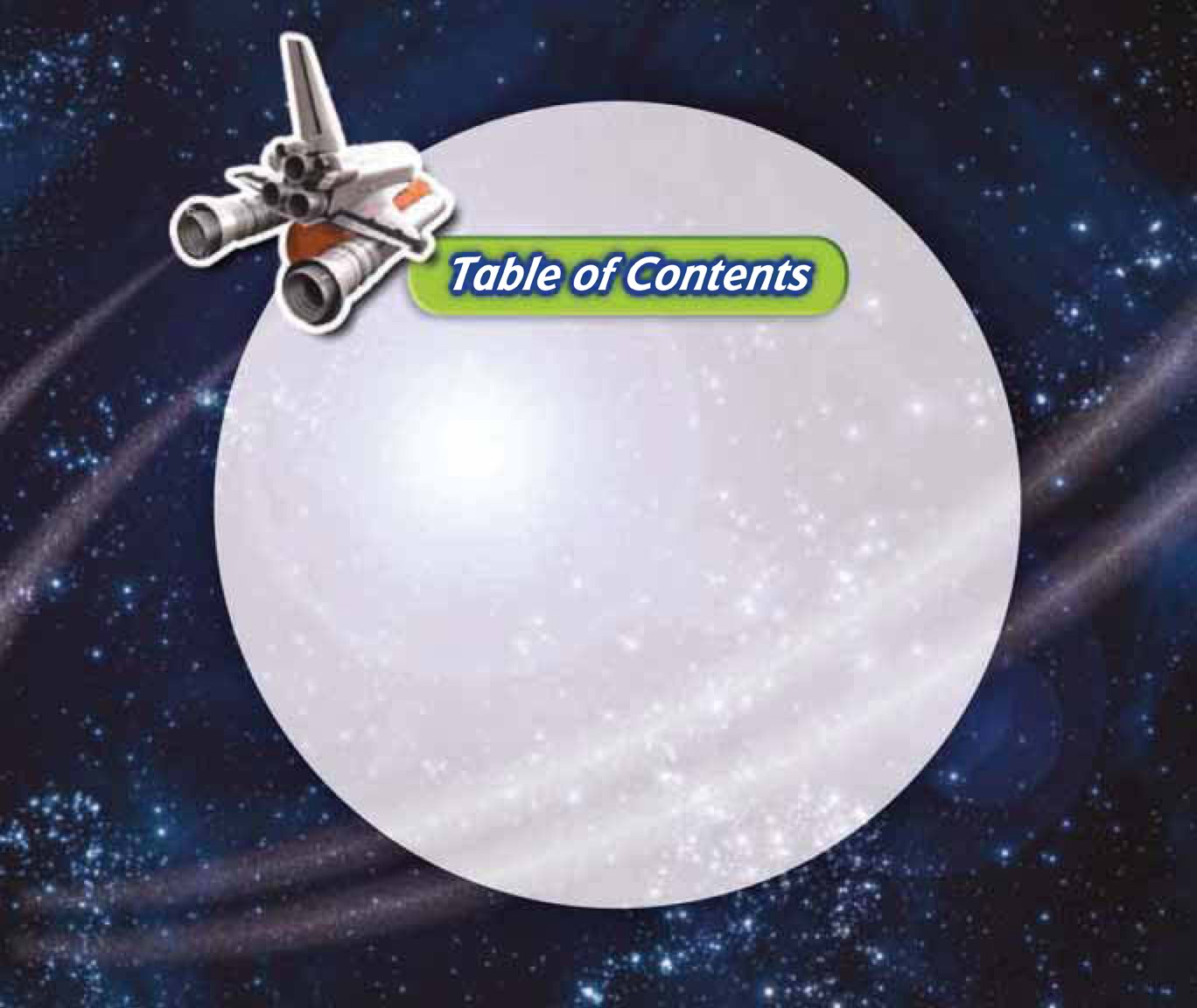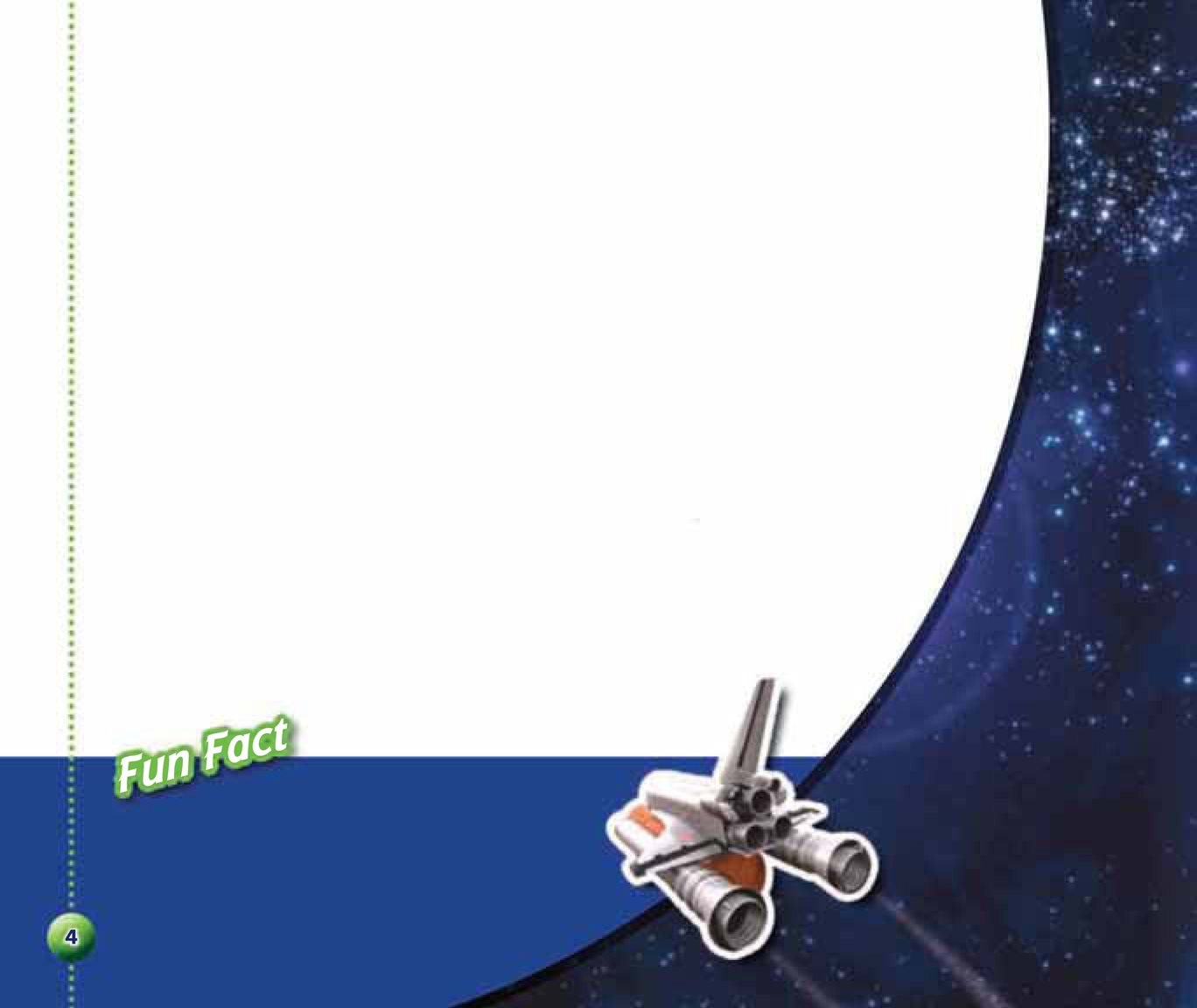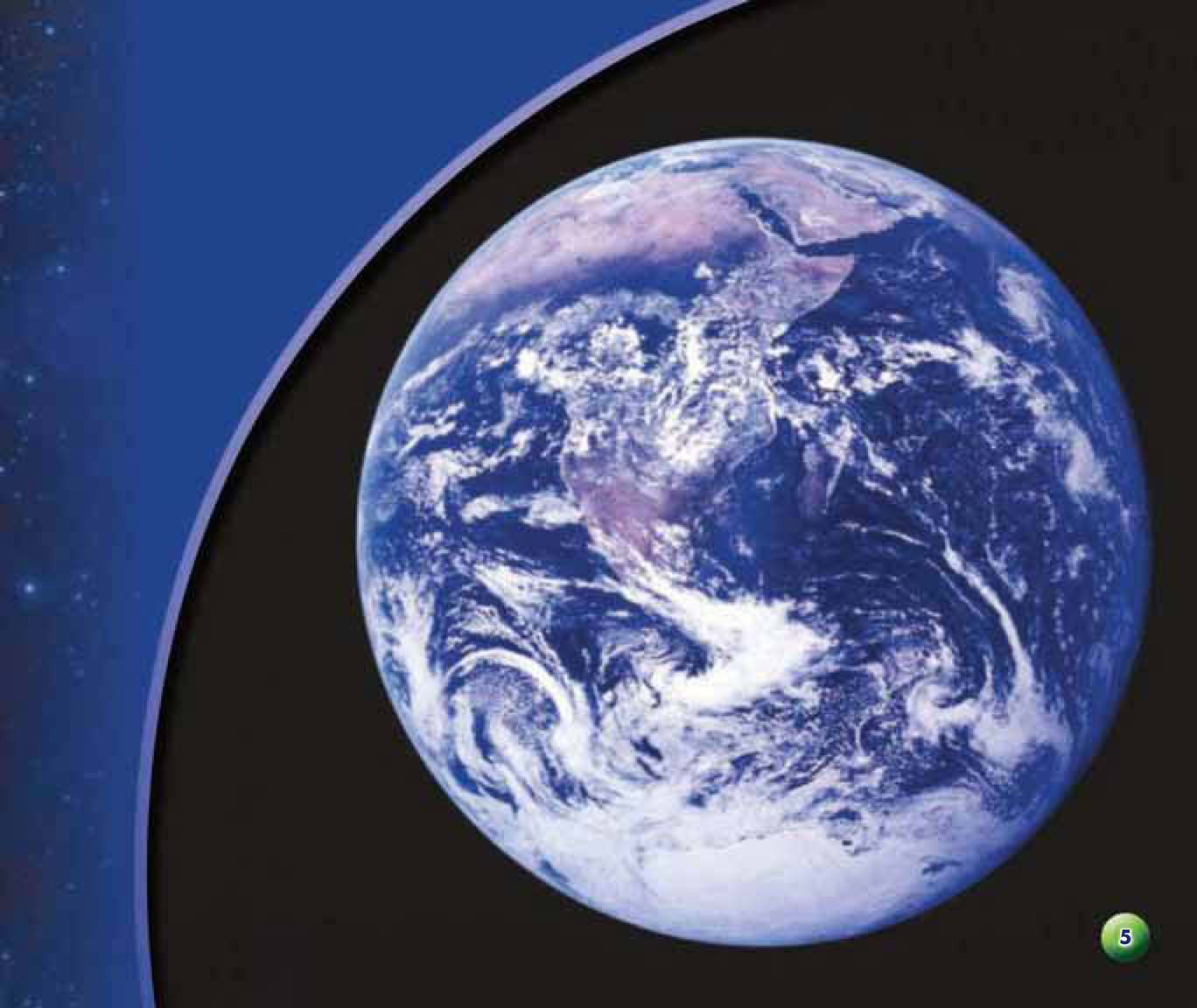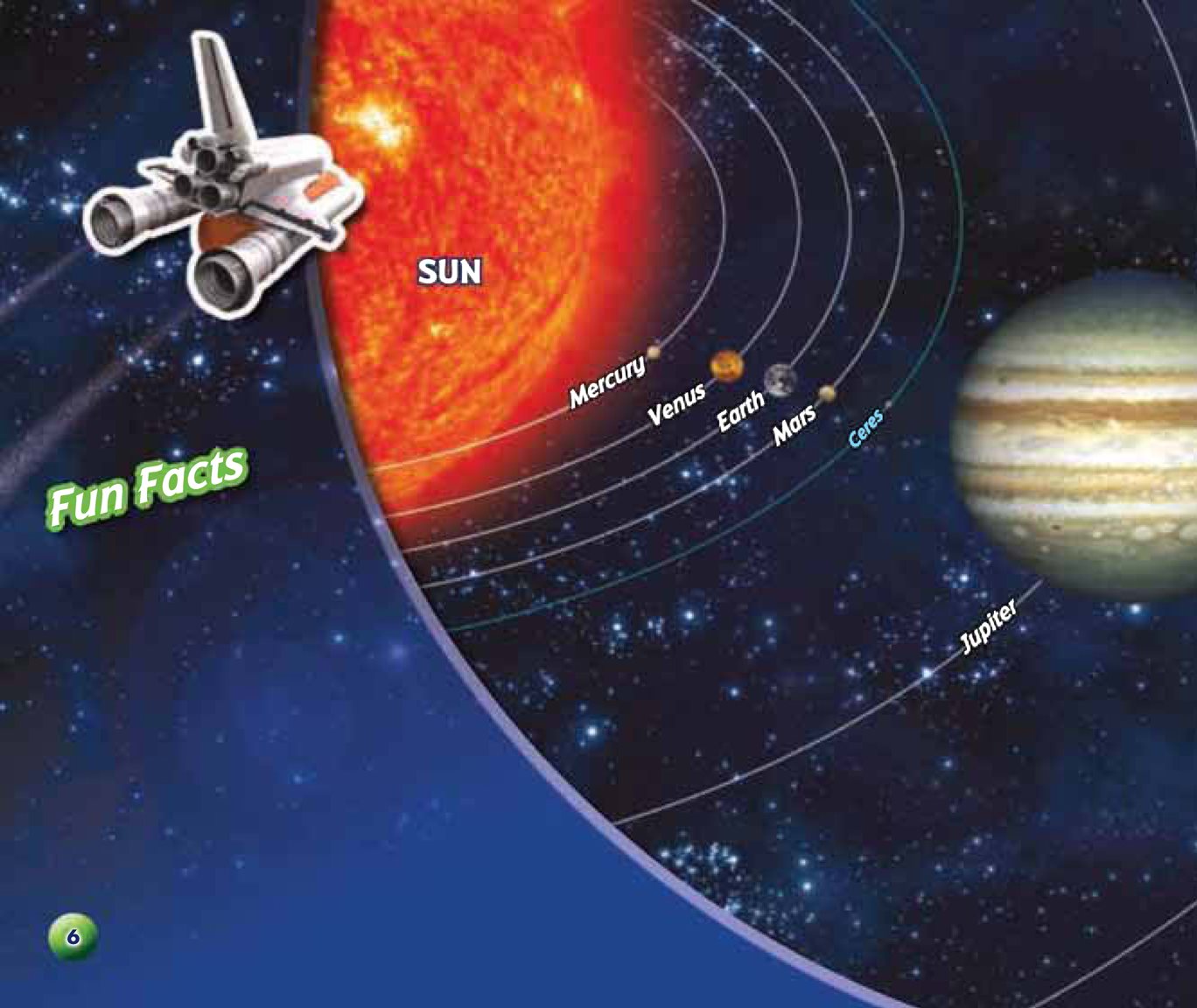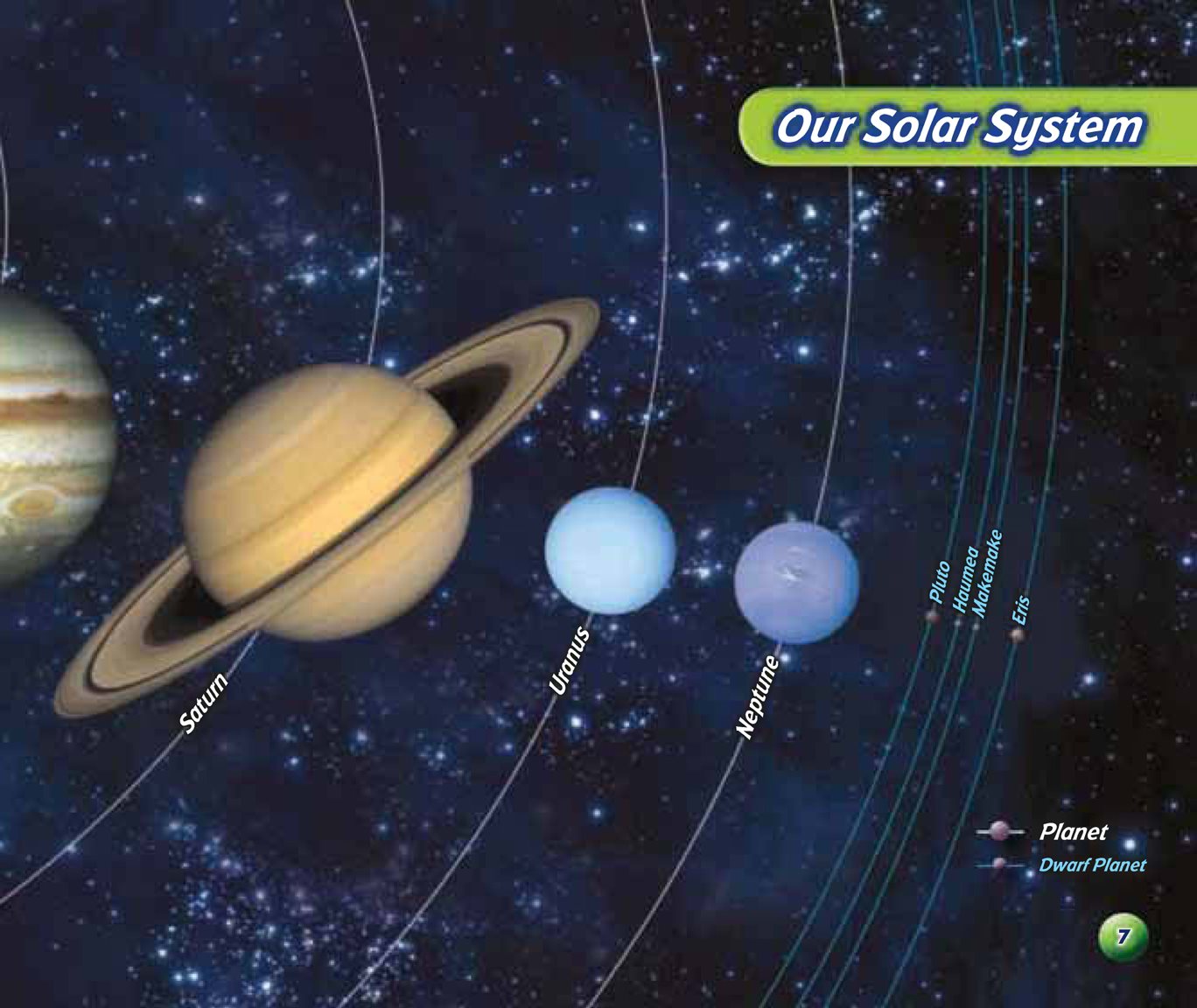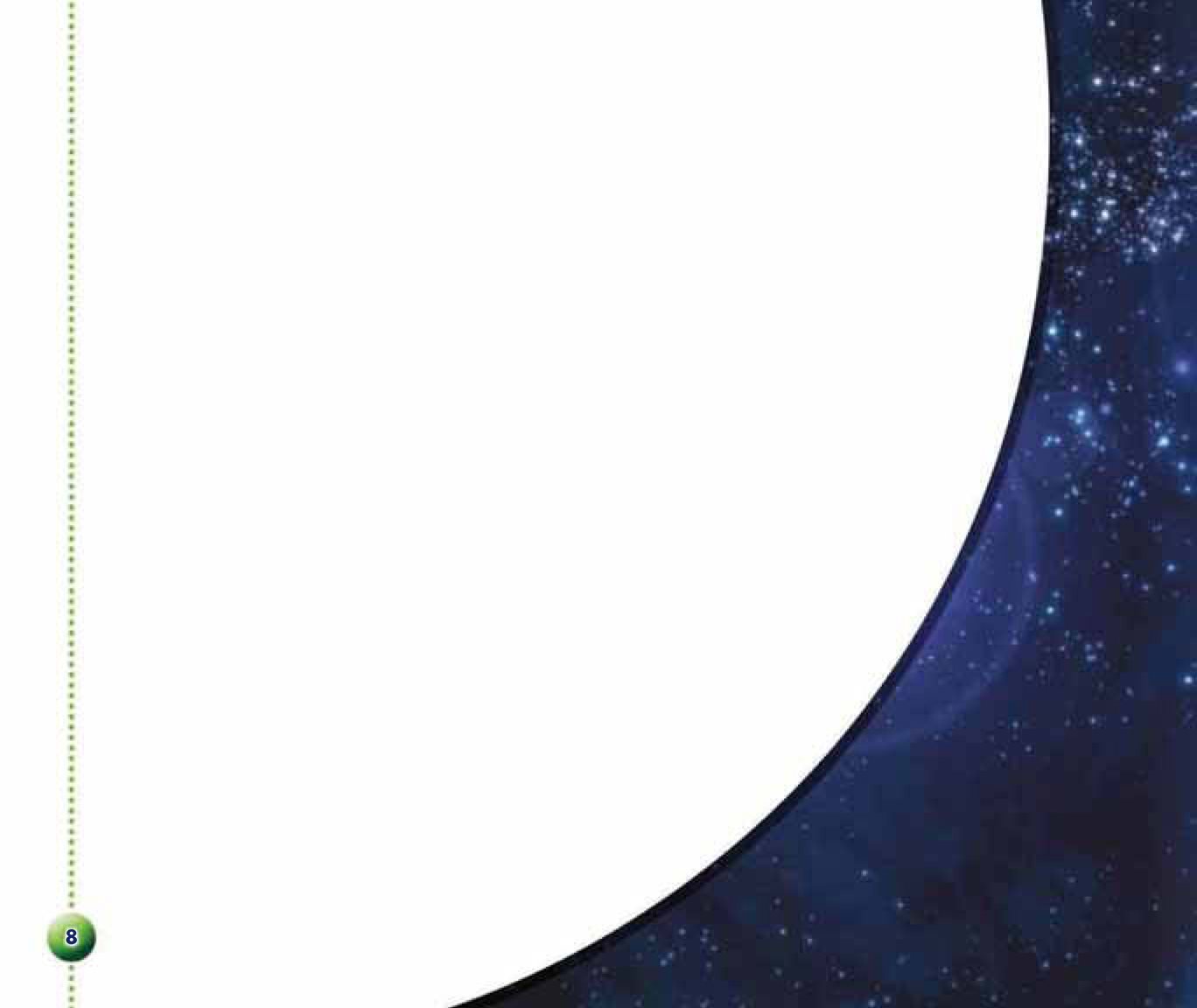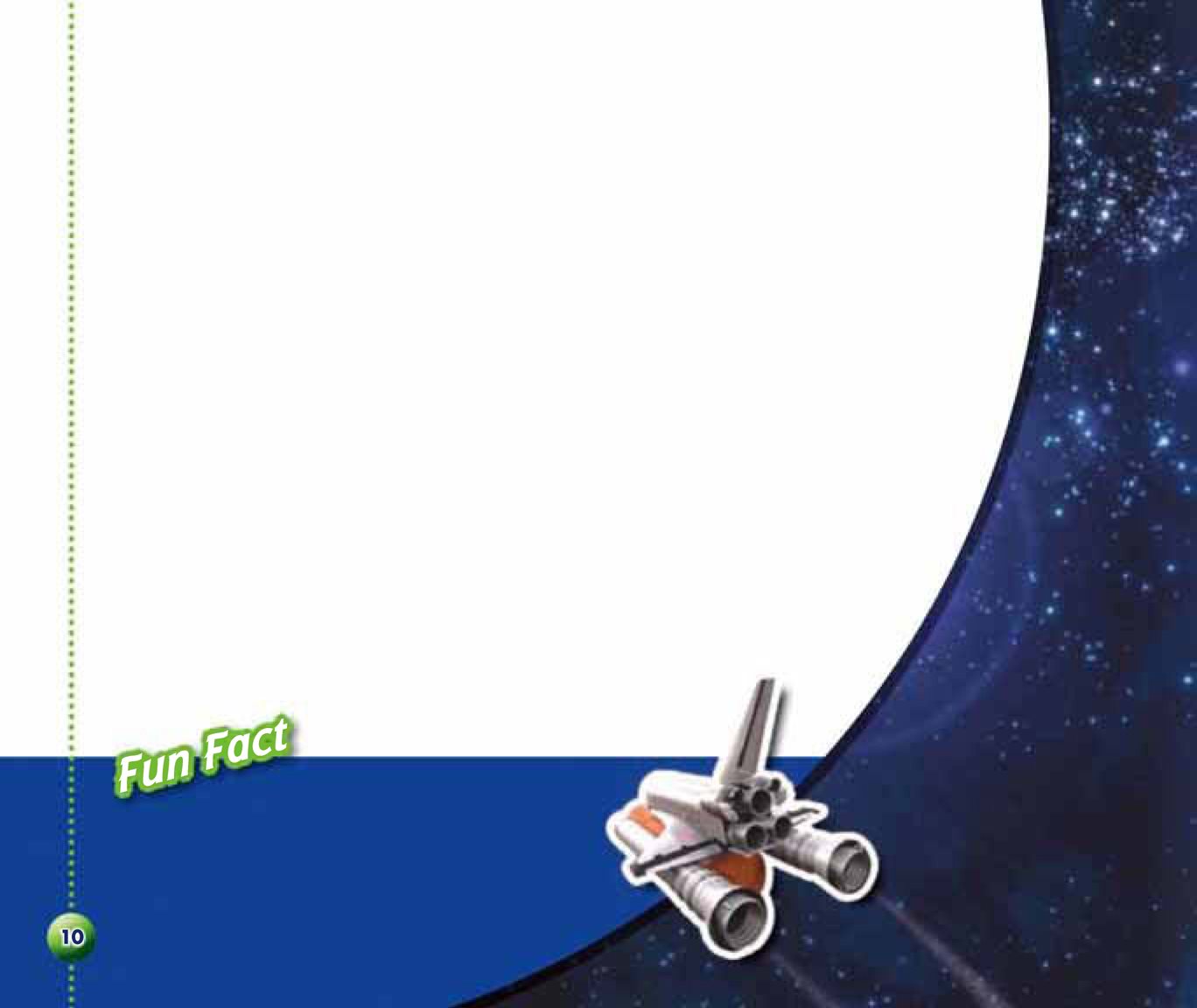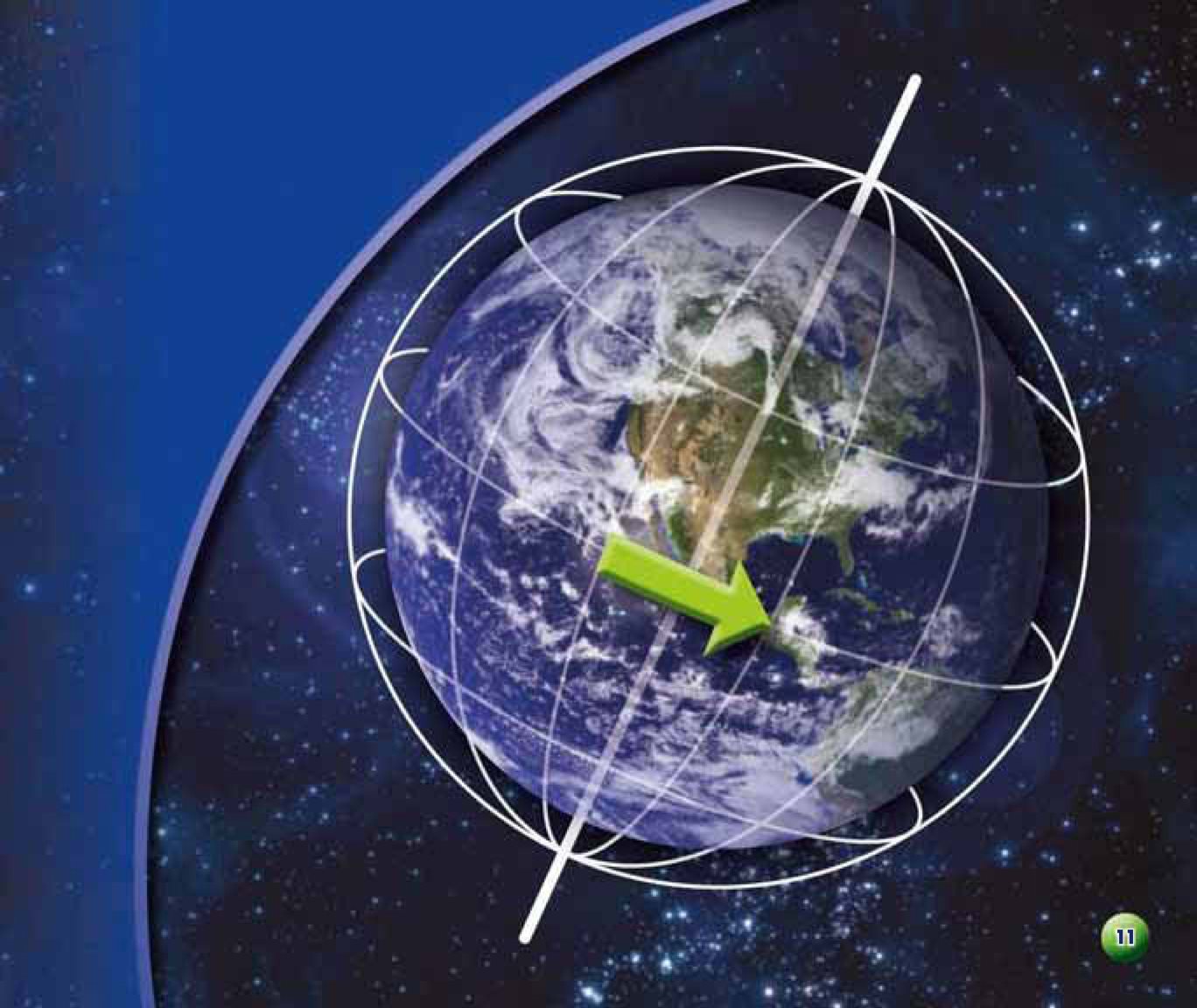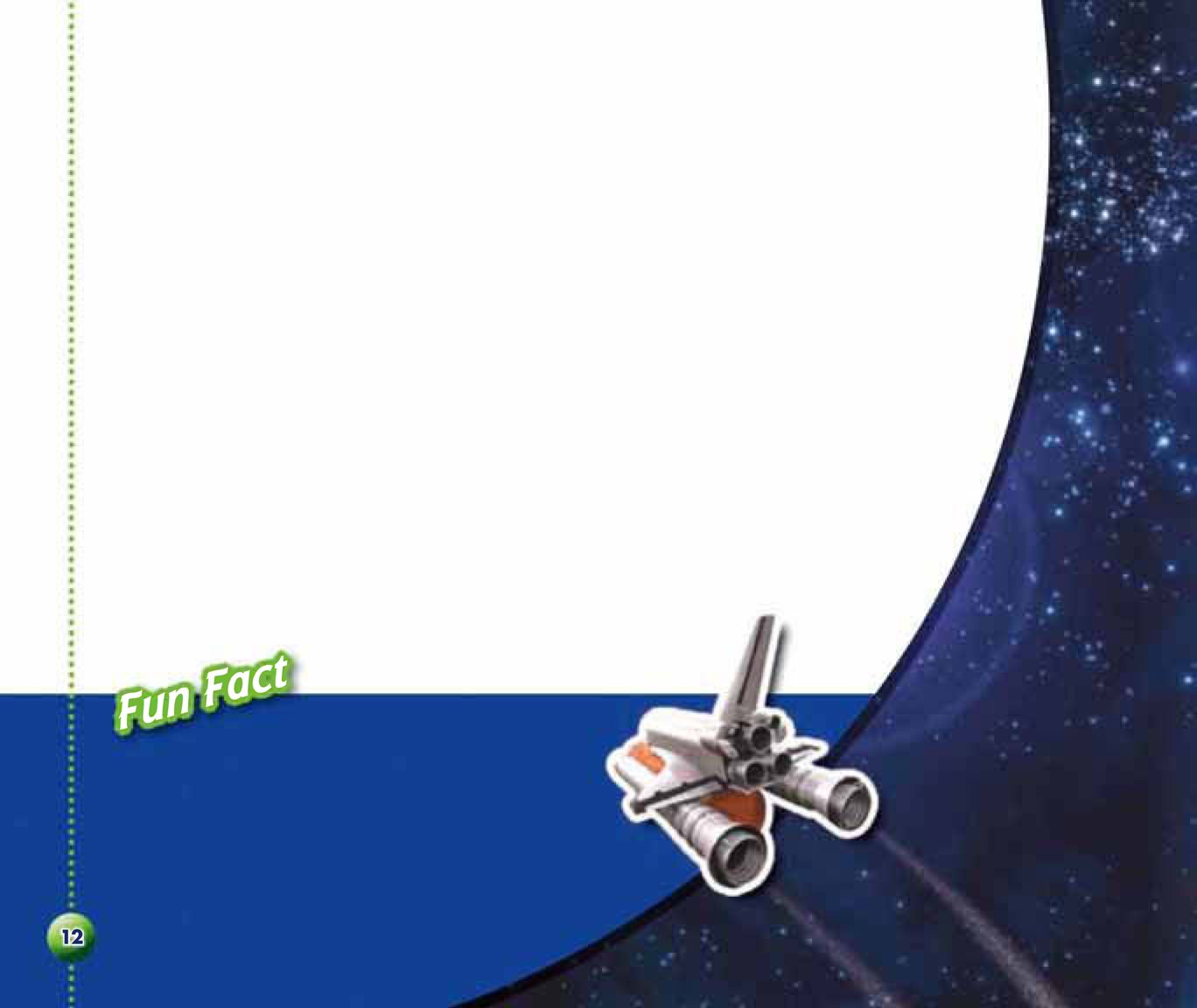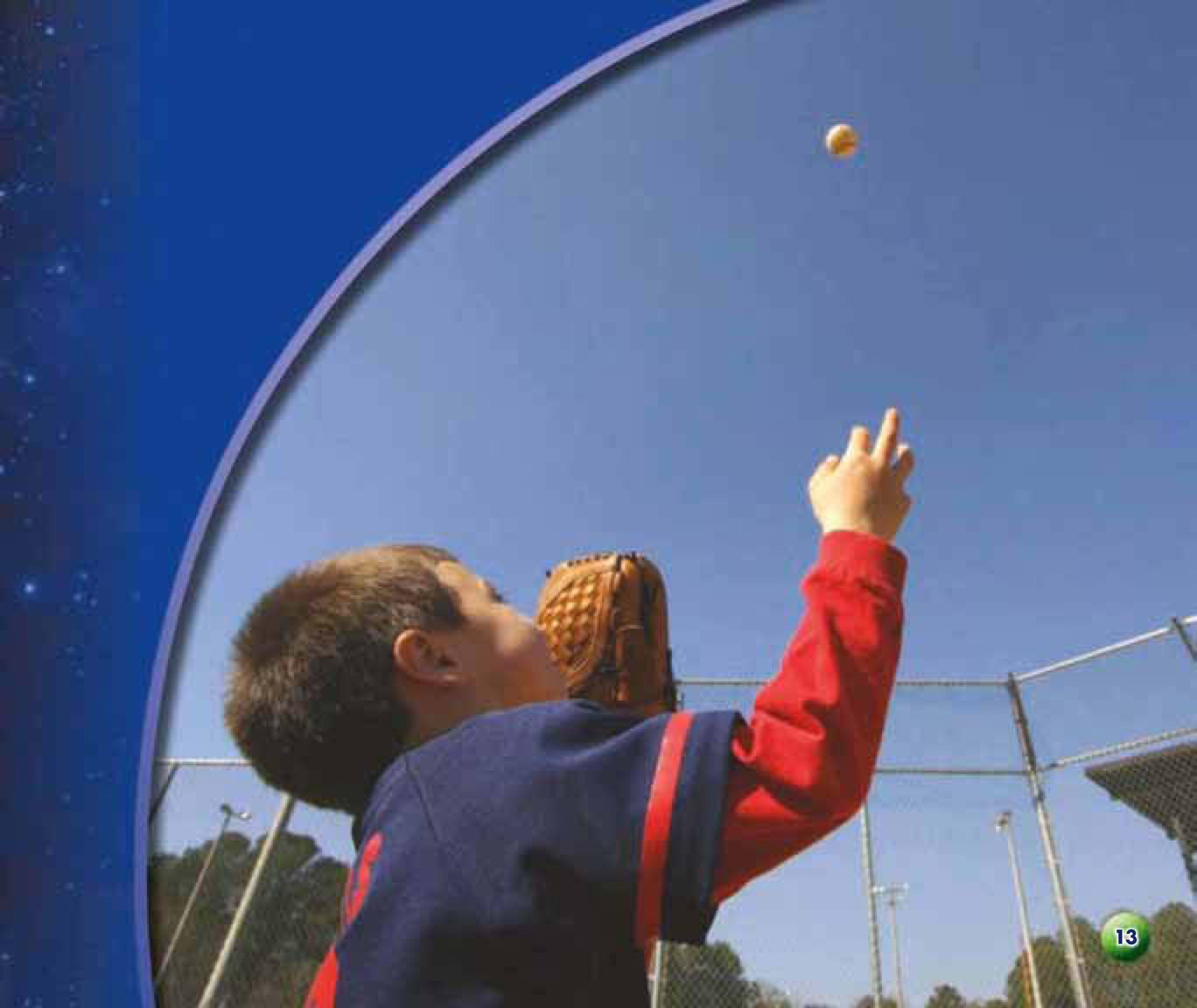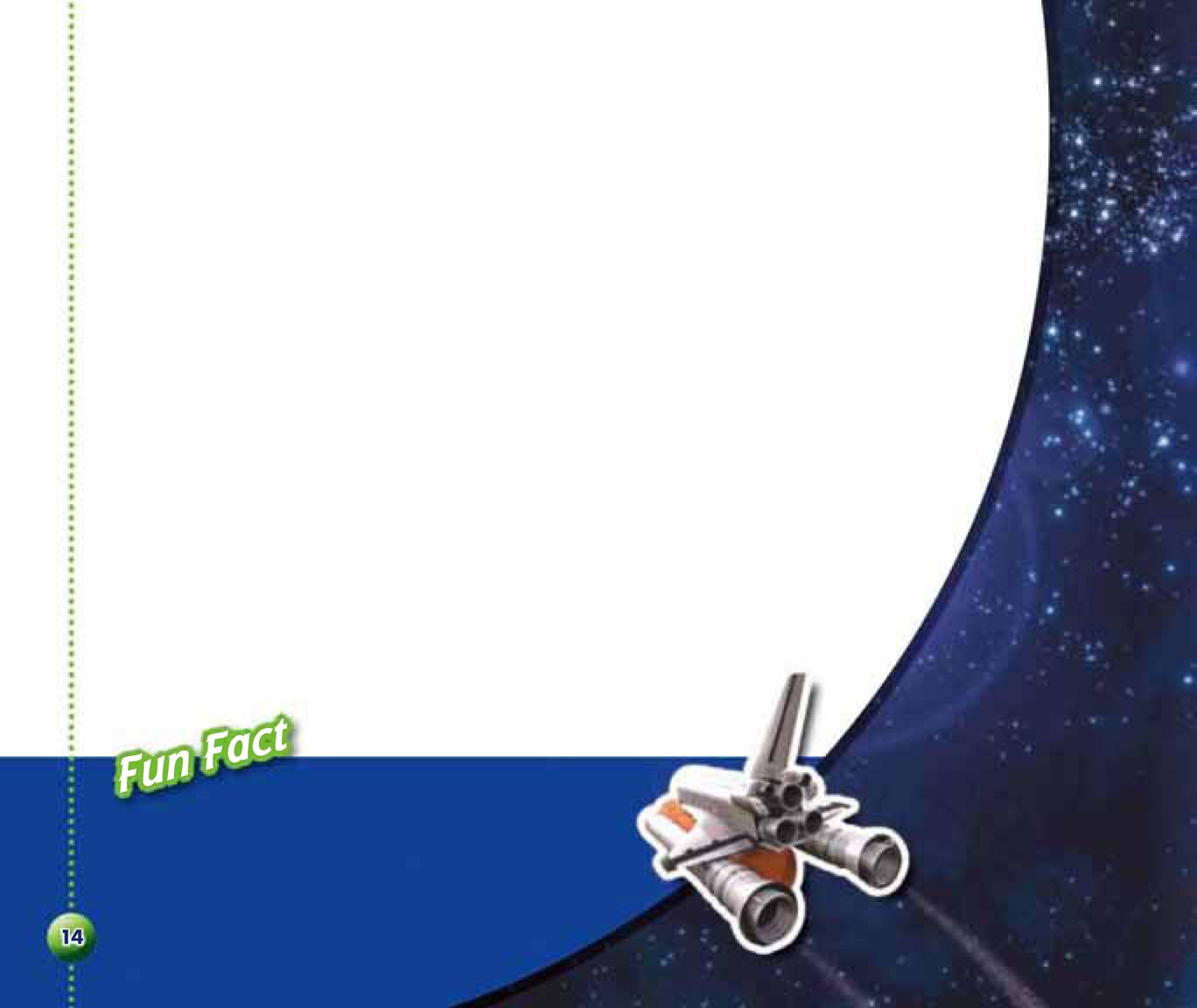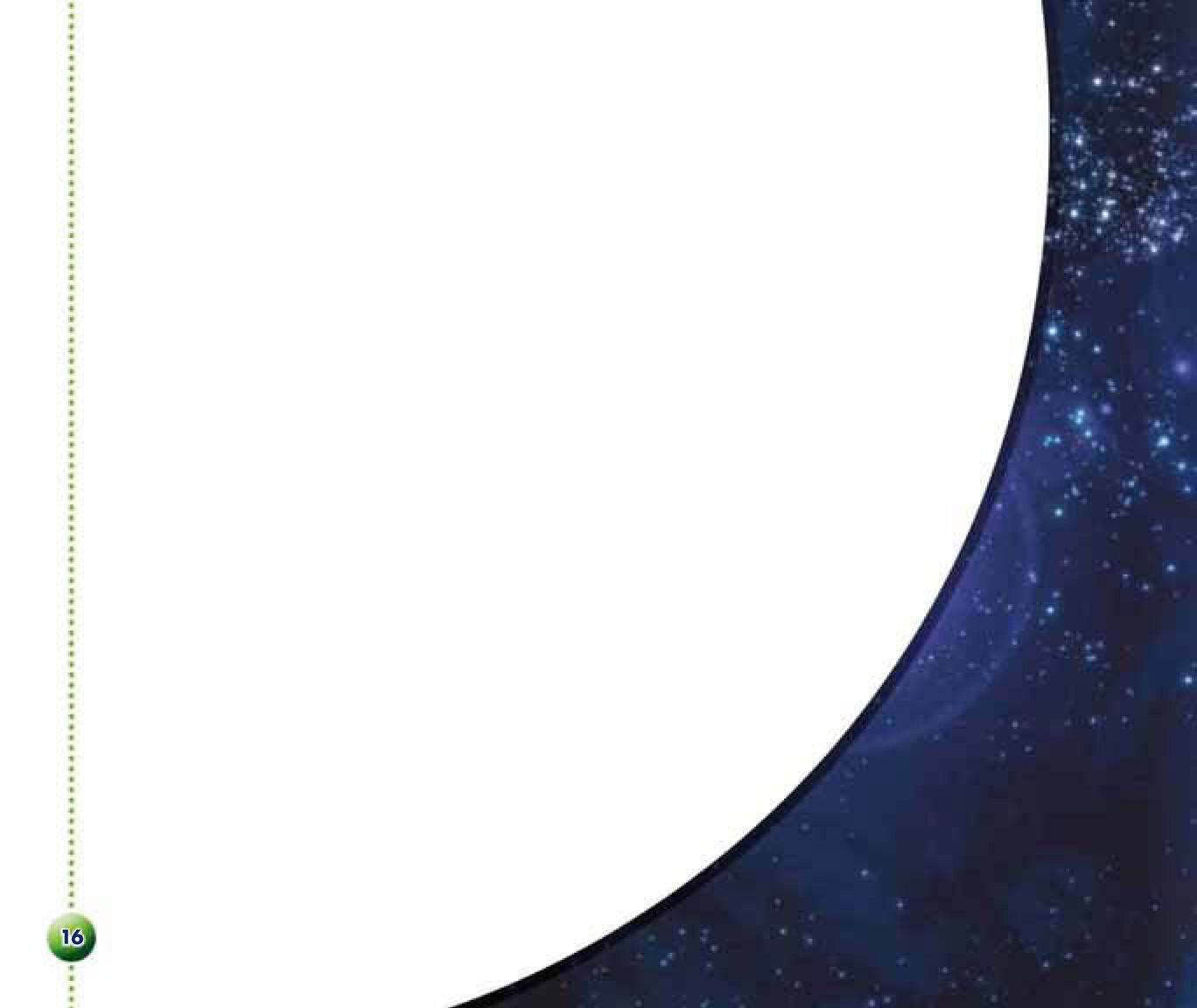Published by The Childs World
1980 Lookout Drive Mankato, MN 56003-1705
800-599-READ www.childsworld.com
ACKNOWLEDGMENTS
The Childs World: Mary Berendes, Publishing Director
The Design Lab: Design and production
Red Line Editorial: Editorial direction
PHOTO CREDITS
NASA, cover, 1, 32; NASA/courtesy of nasaimages.org. cover, 1, 3, 4,
6, 10, 12, 14, 15, 18, 19, 23, 26, 29, 31; NASA/NSSDC/Catalog of
Spaceborne Imaging, 5; NASA/courtesy of nasaimages.org/The Design Lab,
6, 7; Don Nichols/iStockphoto, 9; NASA/The Design Lab, 11; ROb Friedman/
iStockphoto, 13; EpicStock/Shutterstock Images, 17; NASA/JPL/UCSD/JSC/
courtesy of nasaimages.org, 21; Rolf Fischer/iStockphoto, 25; Andrzej Stajer/
iStockphoto, 27
Copyright 2011 by The child's World
All rights reserved. No part of this book may be reproduced or utilized in any
form or by any means without written permission from the publisher.
LIBRARY OF CONGRESS CATALOGING-IN-PUBLICATION DATA
Owens, L. L.
Earth / by L. L. Owens .
p. cm .
Includes bibliographical references and index .
ISBN 978-1-60954-381-5 (library bound : alk. paper)
1. EarthJuvenile literature. I. Title .
QB631.4.O94 2011
525dc22
2010039957
Printed in the United States of America
Mankato, MN
December, 2010
PA02072
ON THE COVER
This image shows Earths
true colors. It was taken by the
National Aeronautics and
Space Administration (NASA),
a US agency that studies space
and the planets.
Earth and the Solar System
Try holding up a big blue marble against a starry
night sky. That is like what astronauts see when
looking at Earth from space!
Earth is a planet in our solar system . Earths
space neighbors include seven other planets. At the
center of our solar system is the sun. Planets
go around, or orbit , the sun.
Thousands of years ago, people noticed bright objects
moving in the night sky. The word planet comes from
the Greek word for wanderer.
Earths land areas are visible
from space.
PLANET NUMBER: Earth is the third
planet from the sun.
DISTANCE FROM SUN: 93 million miles
(150 million km)
SIZE: The distance around Earths middle is
about 24,900 miles (40,000 km). That is about
as long as 365,000 football fields put together!
OUR SOLAR SYSTEM: Our solar system has eight
planets and five dwarf planets . Pluto used to be called
a planet. But in 2006, scientists decided to call it a dwarf
planet instead. Scientists hope to discover even more dwarf
planets in our solar system!
The word earth is another name for ground.
When the planet was named, people did not
fly in planes or travel to space. The ground was
their home. So it made sense to name the planet
after it.
Soil and dirt are also
called earth .
Earths orbit around the sun takes about 365
days. That is one full yearor the time between
your birthdays!
While orbiting the sun, a planet spins like a
top. Imagine a line running through a planet
from top to bottom. Thats the planets axis .
Each planet spins, or rotates, on its axis. One
rotation equals one day. Think of one day on
a planet as the time from one sunrise to the next
sunrise. An Earth day is 24 hours long.
Earths axis is not straight up and down. It is tilted at
about 23 degrees. This tilt gives Earth its seasons.
An axis runs through the
center of a planet. The
planet spins on the axis.
An Invisible Force
Try tossing a ball into the air. What happens?
It falls to the ground! Gravity is the force
that pulls objects together. Its what draws all
objectsincluding youtoward the ground.
Strong gravity is what pulls Earth along its
path orbiting the sun.
As it orbits the sun, Earth spins on its axis at about
1,000 miles per hour (1,600 km/h). Thats more than
15 times the average speed limit on a US highway!
Gravity is what keeps you from flying off into space
as the planet spins.
Earths gravity is a strong
force that pulls objects
toward the planet. Thats
why this ball will come
back down to Earth!
Earths Moon
Gravity also keeps Earths moon close. Scientists
think that long ago, a large object hit Earth. It
broke off huge chunks of the planet. Those pieces
formed the moon. The moon has orbited Earth
ever since.
Asteroids and other objects slammed into
the moon, denting its surface. The moons rocky
surface is filled with deep craters .
US astronauts first walked on the moon in 1969.
They wore special space suits to help them breathe.
Craters dot the moons
dusty surface.
Life on Earth
From space, Earth looks very blue. Water covers

